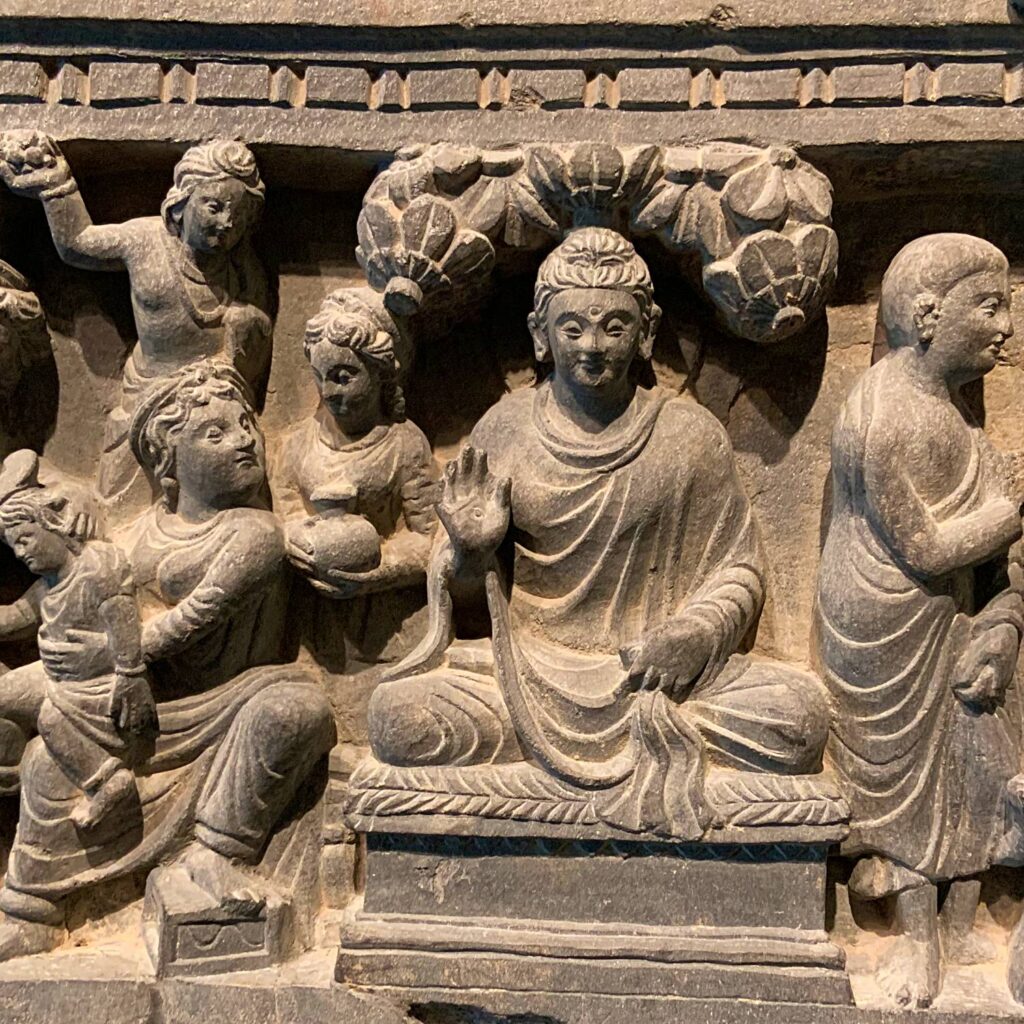Introduction
What you will find here
The Buddha is remembered as suggesting that a life well-lived stands on two legs: “focused attention” (manasikāra) and “the voice of another” (paratoghosa). The latter points to anything, including texts, that can engender a change in one’s way of seeing and engaging the world, indeed engender a change in how one lives.
On this website, you will find stories about some of the women who were part of the Buddha’s life: his birth mother, his adoptive mother, his wife, as well some of his disciples. Their stories are gathered here as instances of “the voice of another,” and we hope they will serve as resources to help you reflect on how you see the world and how you live in it. Some of the stories found on this website are familiar, others are little known. They are from a variety of Buddhist traditions, although most of them come from South Asia.
Why gather these stories here? Why read them? Why reflect on them? Women’s voices are rarely given prominence in Buddhist literature, but they are part of the Buddha’s heritage, and they illuminate for us new or overlooked facets of the Buddha’s teachings. All Buddhist traditions agree that what the Buddha taught is not only true, it is always useful. Stories about women who were part of the Buddha’s life have these qualities too: they are true and they are useful. In them and through them, we can discover new sources of inspiration for how to think, how to imagine, and how to live.
When what we read in stories about the women in the Buddha’s life is absorbed and transformed in our thoughts and deeds, we discover the stories’ usefulness as well as their truth in our lives.

The other leg that a life well lived stands on, “focused attention”—the activity of sustained reflection—is key if whatever we read is actually to become absorbed and transformed in our thoughts and deeds. Becoming self-conscious about how we read can help to prepare the mental ground that can encourage and enable focused attention to happen.
To this end, in addition to stories of women in the Buddha’s life themselves, you will find on this website a variety of resources and exercises to help you engage the stories on your own or with others. These are offered to encourage you to practice different ways of engaging the stories. For example, there are audio-files for each story that will allow you to hear the story being read aloud. You might try listening to the story being read aloud to see how this changes how you engage and absorb the story.
Some of the resources present practices that can be done on your own or together with others. Of course, you may create helpful reading practices of your own, and if you do, we hope you will share them with us, so we can share them with others. Other resources found with each story provide background information about the source of a story, identifications of persons named in it, glossaries, and suggestions for further reading.












